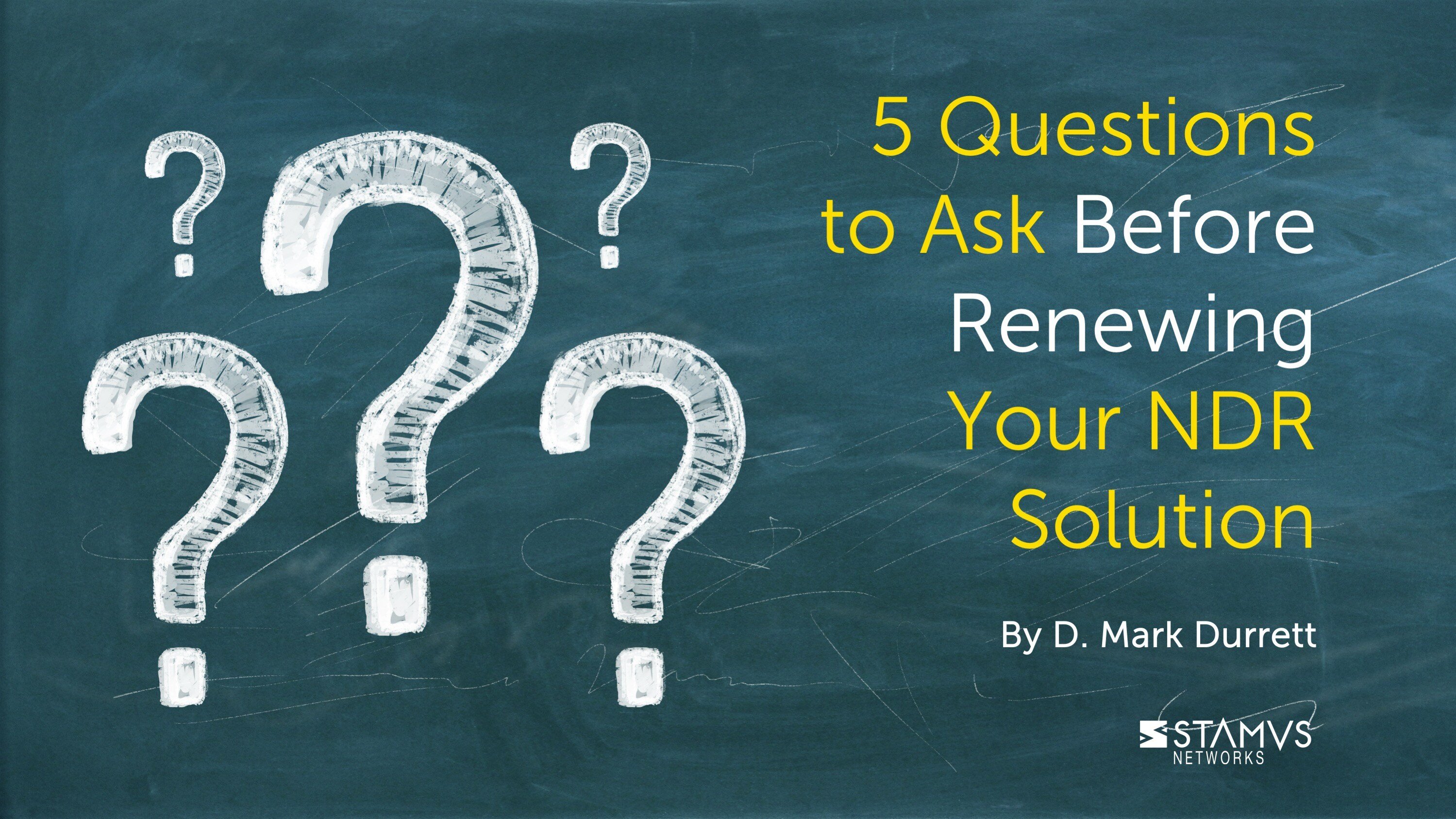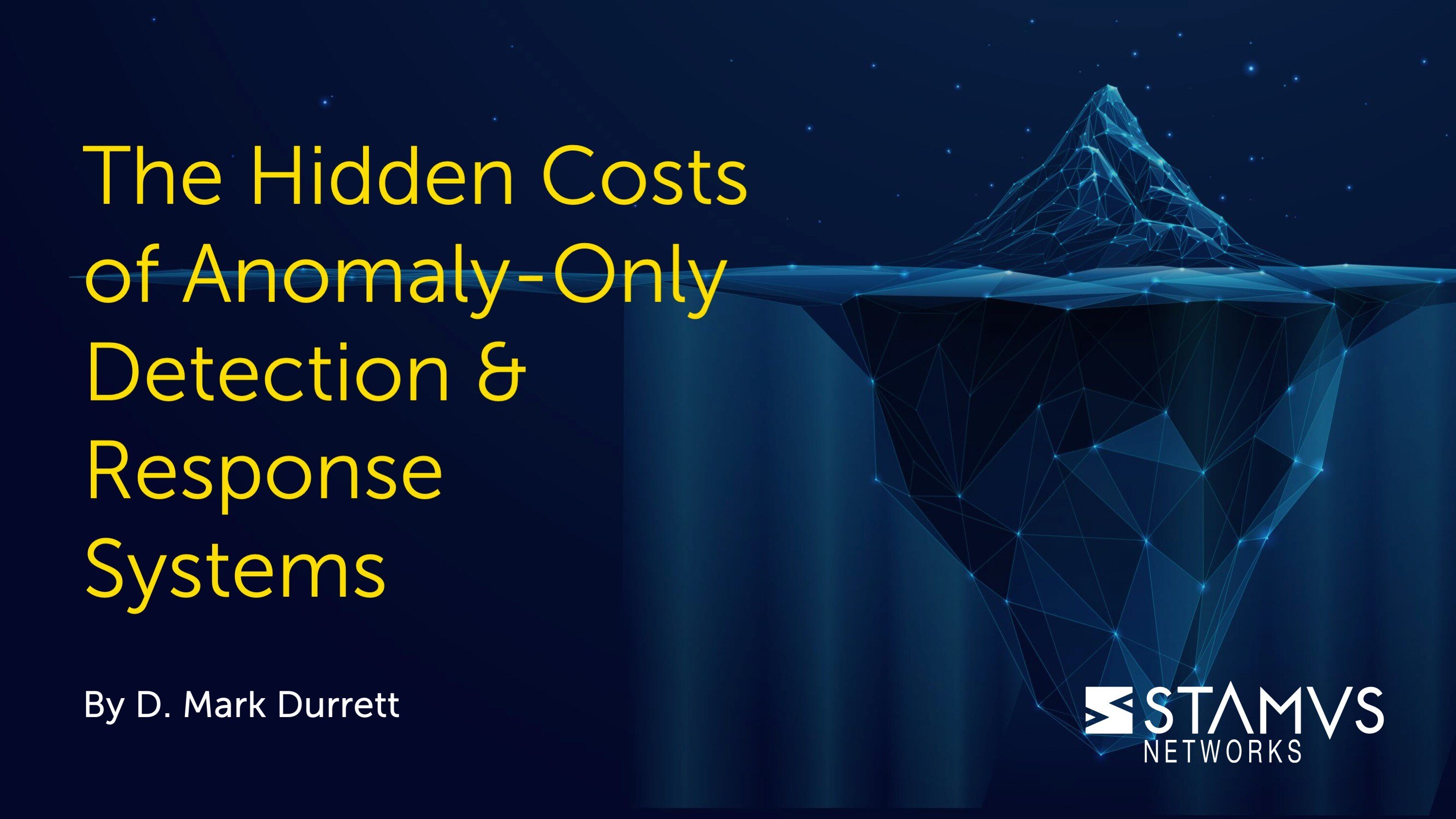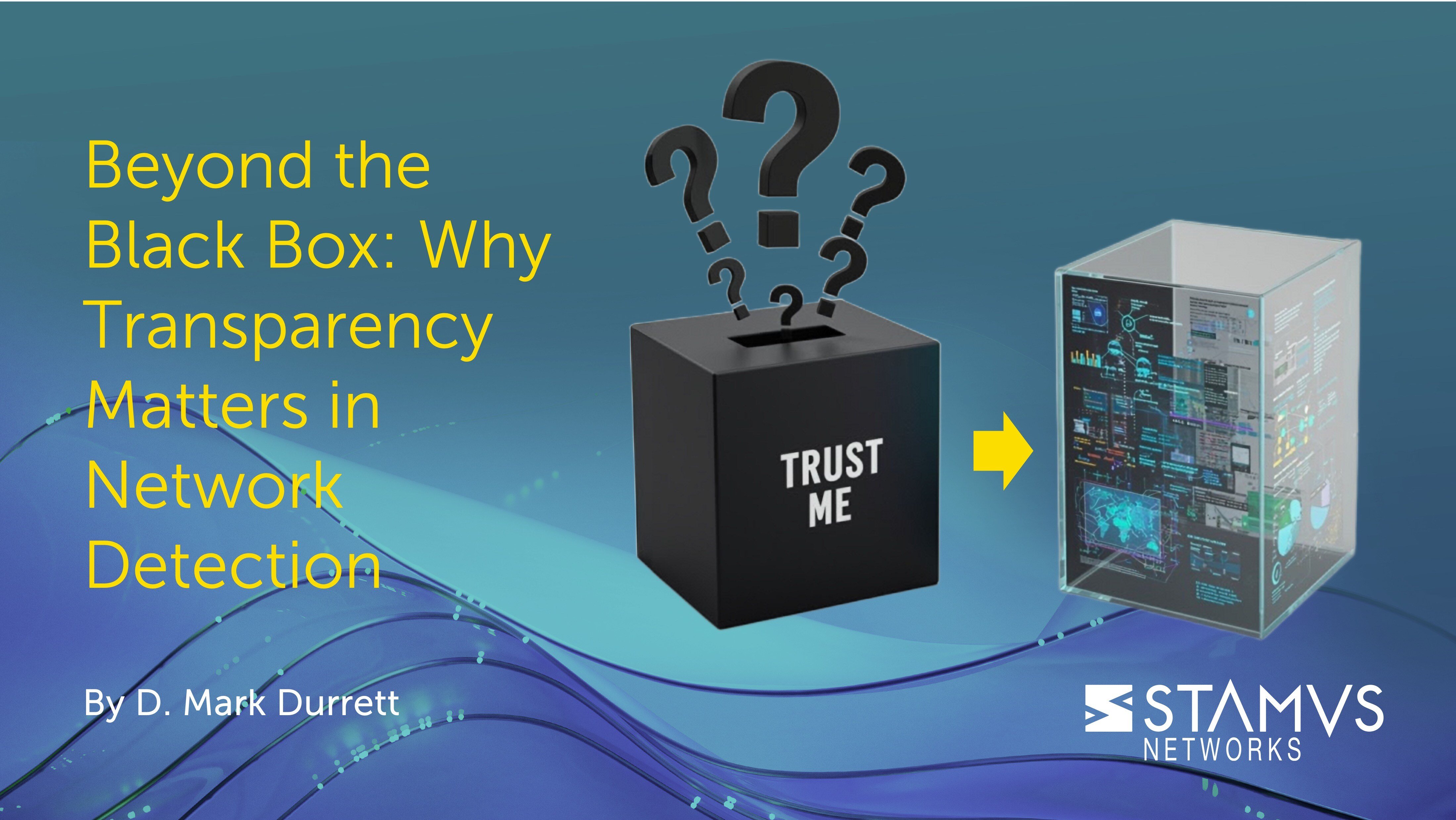In today's complex cybersecurity landscape, Network Detection and Response (NDR) solutions have become critical components of enterprise security stacks. However, not all NDR solutions offer the same level of visibility and explainability that security teams need to effectively identify, understand, and respond to threats. "Transparency" has become a marketing buzzword, but what does true transparency in an NDR solution actually look like?
In this article, we attempt to answer that.
Why Transparency Matters
Security teams can't effectively defend against what they don't understand. When an NDR solution flags suspicious activity, defenders need more than just an alert - they need comprehensive context to:
- Validate the legitimacy of the detection
- Understand the attack's progression and timeline
- Make informed decisions about response actions
- Build institutional knowledge about threat behaviors
- Justify security decisions to management and auditors
Without transparency, security teams are left trusting black box solutions that provide alerts without sufficient evidence or context. This leads to alert fatigue, wasted investigation time, and potentially missed threats.
Key Elements of True NDR Transparency
1. Exposed Detection Logic
What to look for: An NDR solution should clearly document how its detection algorithms work, what they look for, and what conditions trigger alerts.
Red flags: Solutions that hide behind vague terms like "proprietary AI" or "advanced machine learning" without sharing the algorithms or explaining the specific indicators and behaviors they're designed to detect.
Questions to ask vendors:
- Can we see documentation for all detection methods and algorithms?
- How often are detection methods updated, and do we receive detailed release notes?
- Can your system explain why a particular activity triggered a specific detection?
2. Complete Evidence Collection
What to look for: The solution should automatically collect and preserve comprehensive evidence related to detected events - including raw packet data, protocol transactions, network flows, and historical context.
Red flags: Platforms that provide minimal context or force analysts to manually piece together what happened by hunting through separate logs and data sources.
Questions to ask vendors:
- What specific evidence is captured and preserved when a detection occurs?
- How long is full packet capture and transaction data retained?
- Can analysts easily access evidence from multiple time periods for comparison?
3. Detailed Attack Timelines
What to look for: Clear chronological representation of attack progression, showing how threats develop over time and across the network.
Red flags: Single-point-in-time alerts without historical context or connection to related events.
Questions to ask vendors:
- How does your solution correlate related events across time?
- Can we see a complete timeline of all activities associated with a specific host or user?
- How far back can we trace an attack's origins?
4. Metadata Richness
What to look for: Extensive metadata collection about hosts, users, applications, and connections that provides context beyond just the alert itself.
Red flags: Limited metadata that provides only basic information about detected events.
Questions to ask vendors:
- What host and endpoint metadata do you track by default?
- How is metadata correlated with security events?
- How long is metadata history maintained?
5. Open and Extensible Architecture
What to look for: The ability to customize detection logic, integrate third-party threat intelligence, and develop custom detections tailored to your environment.
Red flags: Closed systems that can't be extended or customized to meet specific organizational needs.
Questions to ask vendors:
- Can we write and implement our own detection rules or code?
- How easily can we integrate third-party threat intelligence?
- Can we modify existing detection algorithms to reduce false positives?
Conducting a Transparency Assessment
When evaluating NDR solutions, consider these practical steps:
- Request a detailed detection walkthrough: Ask vendors to demonstrate how their system detects specific attack techniques (like lateral movement or data exfiltration) and what evidence it provides.
- Simulate common scenarios: During POCs, test how the solution handles common scenarios like:
- A new device connecting to the network
- Unusual lateral movement between systems
- Data exfiltration attempts
- Command and control communications
- Evaluate investigation workflows: Analyze how much manual effort is required to gather context around an alert. How many clicks? How many separate systems?
- Check documentation quality: Comprehensive documentation about detection methods is often a good indicator of transparency as an organizational value.
The Cost of Opacity
Organizations using opaque NDR solutions often face significant challenges:
- Increased mean time to detect (MTTD) and respond (MTTR) to threats
- Alert fatigue and desensitization to warnings
- Difficulty distinguishing between true positives and false alarms
- Inability to tune and improve detection capabilities
- Over-dependence on vendor updates and support
- Loss of control over security operations
Conclusion
True transparency in NDR solutions is not just a nice-to-have feature ... it's a fundamental requirement for effective security operations. By demanding explainable, evidence-rich, and highly contextualized detection capabilities, security teams can make faster, more accurate decisions while building institutional knowledge about the threats targeting their organization.
When evaluating NDR solutions, look beyond flashy dashboards and marketing claims to assess how the system actually explains its findings. The most sophisticated security teams understand that detection without explanation is just noise - and in today's threat landscape, they can't afford to waste time deciphering that noise when real threats are targeting their networks.
Remember: If your NDR solution can't clearly show you what it found and why it matters, it's not truly transparent - regardless of what the marketing materials claim.
Finally, if you want to see how Clear NDR stacks up against another solution which we believe is at the opposite end of the transparency spectrum, we created a technical brief document with a side-by-side comparison of Clear NDR and the Darktrace NDR.
Click the button below to access this document.
About Stamus Networks: Stamus Networks offers Clear NDR, a multi-layered network detection and response solution that provides immediate value, transparent detections, and rich supporting evidence.
Want to see if Clear NDR is right for your security team? Request a demo at https://www.stamus-networks.com/demo or request custom pricing using our quote generator at https://www.stamus-networks.com/pricing-quote-generator








